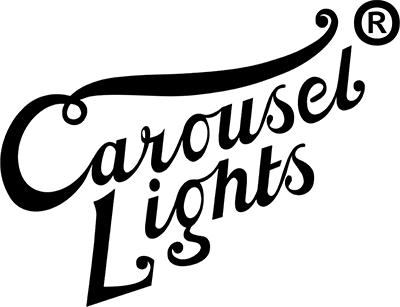
The Electrifying Glow: Neon’s Impact on Television and Film
Neon, with its vibrant and captivating glow, has long been an integral element in the world of television and film. From creating visually stunning backdrops to setting the mood and enhancing storytelling, neon lighting has played a crucial role in shaping the aesthetic and narrative of various on-screen productions. In this article, we will explore how neon is used in television and film, examining its historical significance, visual appeal, and contribution to cinematic storytelling.

Historical Significance
Neon’s journey into the entertainment industry can be traced back to the early 20th century. In the 1920s, neon signs began to populate cityscapes, capturing attention and symbolising the modern age. The mesmerising glow of neon quickly became associated with excitement, glamour, and urban life, meaning making its way into the realm of television and film was a natural course to take.
Visual Appeal and Atmosphere
One of the primary reasons neon is utilised in television and film is its unparalleled visual appeal. The vibrant and saturated colours emitted by neon lights create a unique and enchanting atmosphere that captivates viewers. Whether used as a central element or in the background, neon lighting draws attention, adds depth to scenes, and creates a visually striking composition.
Urban Landscapes: Neon lights are frequently employed in urban settings, such as bustling city streets, nightclubs, and bars, to depict the energy and vibrant nature of the environment.
Retro Aesthetics: Neon’s association with nostalgia and vintage aesthetics makes it a popular choice for recently passed decades pieces or films set in the past. It adds an authentic touch, evoking a sense of a well-loved recent bygone era.
Futuristic Settings: Neon’s futuristic quality lends itself well to science fiction and dystopian genres, creating a sense of otherworldliness and technological advancement.
Symbolism and Mood: Different colours and arrangements of neon lights can convey specific emotions or set the tone of a scene. For example, a dimly lit blue neon sign might evoke a sense of melancholy or mystery.
Cinematic Storytelling
Neon lighting is not merely an aesthetic choice; it can also serve as a powerful storytelling tool in television and film. Here are a few ways neon enhances cinematic narratives:
Character Development: Neon lights can be used to visually represent a character’s personality, lifestyle, or internal struggle. For instance, a character associated with vibrant and flashy neon signs might embody a rebellious or flamboyant nature. This was evident in Ryan Gosling’s Drive.
Visual Metaphors: Neon lights can function as visual metaphors, representing themes or concepts within a story. They can symbolise hope, temptation, danger, or even a character’s psychological state.
Narrative Focus: A well-placed neon sign can draw the audience’s attention to a specific location or object, guiding the narrative and highlighting its significance within the story.
Contrast and Symbolic Juxtaposition: Neon lights can create stark contrasts, such as bright neon against a dark background, symbolising the clash between good and evil or representing duality and conflict.
Iconic Examples
Throughout the history of television and film, neon has left an indelible mark, often becoming synonymous with specific productions or moments. Some notable examples include:
Blade Runner (1982): This iconic sci-fi film by Ridley Scott features a dystopian Los Angeles filled with neon lights, establishing a gritty yet futuristic atmosphere that has become a benchmark for the genre.

Harrison Ford’s character Deckard reads in a neon-filled Bar
Stranger Things (2016-present): The popular Netflix series pays homage to the 1980s, utilising neon lighting to evoke a nostalgic and supernatural ambiance that resonates with both the characters and the audience.
Drive (2011): This neo-noir crime thriller directed by Nicolas Winding showcases the use of neon lighting to accentuate the film’s stylised visuals, enhancing the tension and creating a distinct aesthetic.
Cinema Paradiso (1990): The now-famous neon sign for Cinema Paradiso has become a much sought-after neon design that created the atmospheric scenes in this iconic film.

Neon lighting has become an integral component of the television and film industry, contributing to the visual appeal and narrative depth of various productions. Its historical significance, visual allure, and ability to enhance storytelling make it a versatile tool in the hands of filmmakers and set designers. Whether used to evoke a specific mood, establish a sense of place, or symbolise deeper themes, neon continues to electrify screens and leave an indelible mark on the art of visual storytelling.



